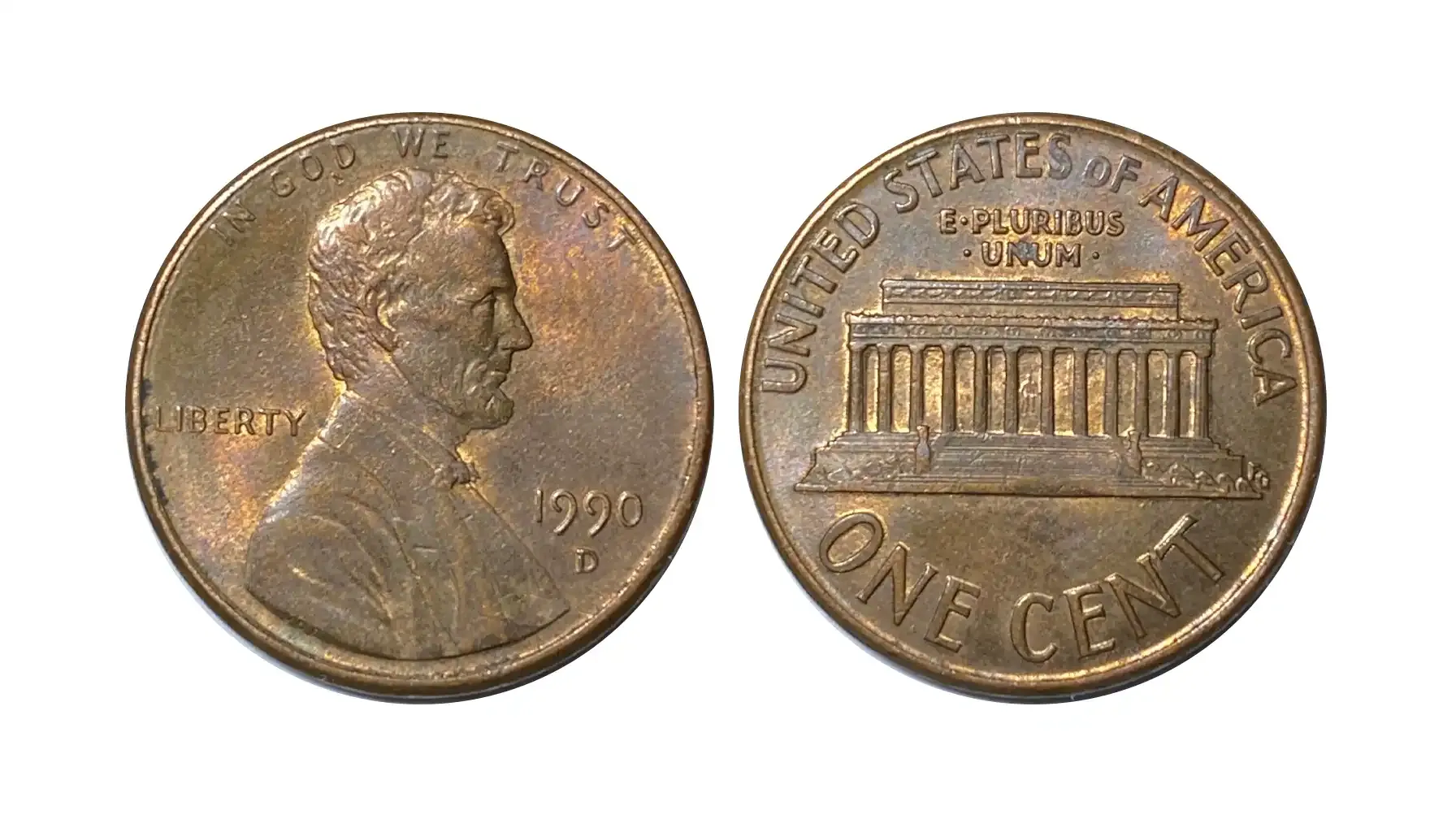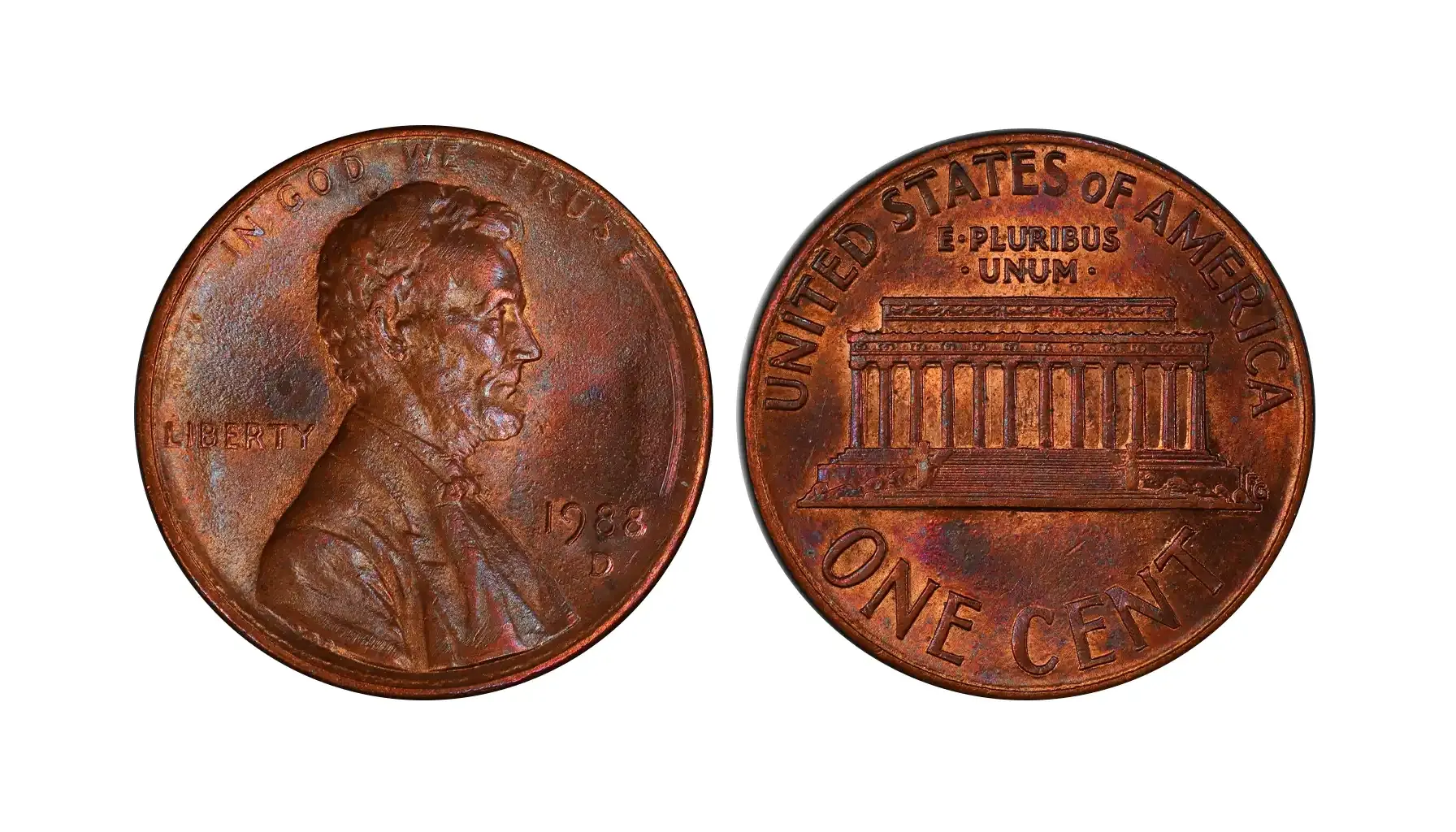Contents:
The Bicentennial 1976 Eisenhower dollar coin was issued after the 1971 Eisenhower coins. It is more than a means of payment, it is a true reflection of pride, strength and patriotism.
This 1976 Bicentennial silver dollar, part of the Bicentennial series, embodied the desire to commemorate major moments in U.S. history. While most coins depicted classic allegories of freedom, it combined two great symbols at once.
But let's not get ahead of the curve and take a closer look at all the details, design features and even the 1976 Eisenhower dollar value.
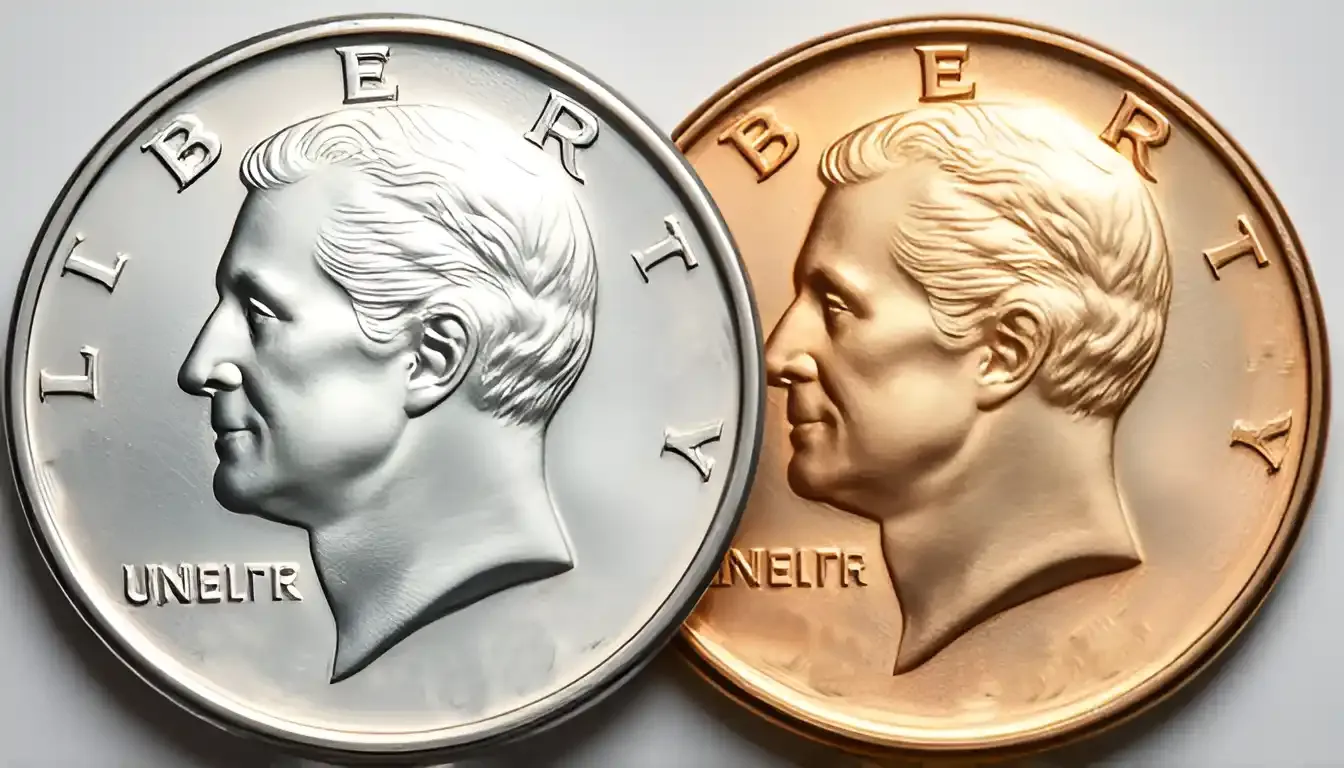
Eisenhower Dollar 1976 Overview
Dwight D. Eisenhower, the 34th President of the United States and Supreme Commander of the armed forces in Europe during World War II, was both a political and military leader of America.
His leadership in the war and his contributions to the country's post-war development made him an ideal candidate to be depicted on a coin. So, after his death in 1969, the United States Mint decided to memorialize him on silver and copper-nickel dollars.
Eisenhower portrait coins belong to the so-called “big dollar” coins. These coins, minted between 1971 and 1978, stand out for their considerable size. Due to its large diameter and weight, it was one of the biggest coins in circulation at the time.
Feature | Specs |
Obverse | A profile of Dwight Eisenhower, the inscription “LIBERTY”, the motto “IN GOD WE TRUST” and the year of issue. |
Reverse | An eagle holding an olive branch in its paws and landing on the surface of the moon. |
Diameter | 38,1 mm |
Weight | 22,68 g copper-nickel coin for circulation 24,59 g silver coin for collectors |
Composition | 75% copper and 25% nickel, internal - 100% copper (for circulation) 40% silver (in special sets) |
Edge | Reeded |
Bicentennial Series
It was designed to show the importance of the signing Jubilee of the Independence Declaration and to unite all citizens of the country. The series included:
1776–1976 Washington Quarter – Colonial drummer reverse
1776–1976 Kennedy Half Dollar – Independence Hall reverse
1776–1976 Eisenhower Dollar – Liberty Bell over the Moon reverse
One dollar 1776 to 1976, as well as the other coins of the series were minted with a special double date instead of the standard year of issue, which made them easily recognizable and distinguished them from other American coins.
Related article: The 1974 US Penny.
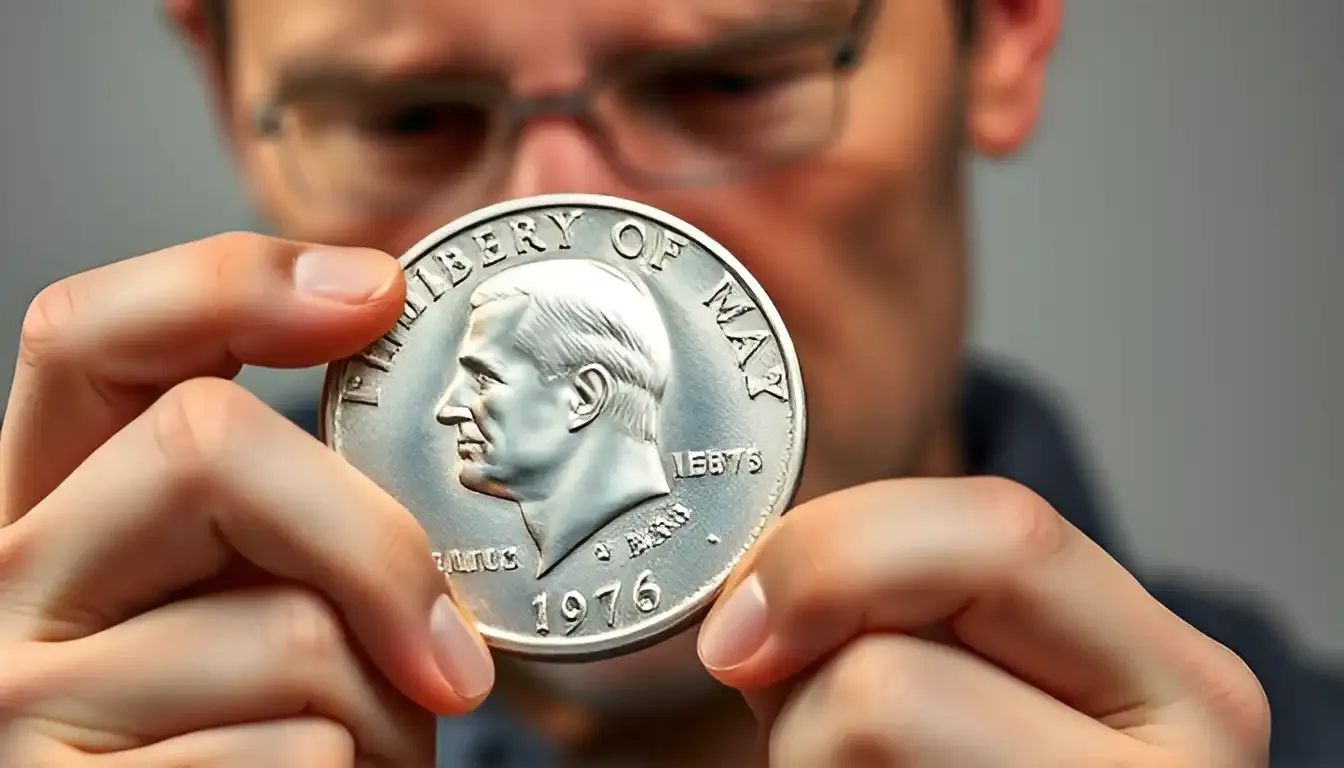
Mint Marks
Philadelphia Mint (No Mintmark)
Mintmark: (1976 Eisenhower dollar no mint mark)
Composition: Copper-nickel clad
Strike Type: Business strike for general circulation
Key Identifier: No mintmark appears on the coin — this indicates it was minted in Philadelphia.
Note:
Commonly found in circulation
Often has weaker strikes compared to Denver versions

Denver Mint (D Mintmark)
Mintmark: D (located just below Eisenhower's neck)
Composition: Copper-nickel clad
Strike Type: Business strike for circulation
Key Identifier: Clearly visible “D” mintmark on the obverse
Design Details:
Bicentennial dual date: 1776–1976
Same Liberty Bell/Moon reverse as all 1976 types
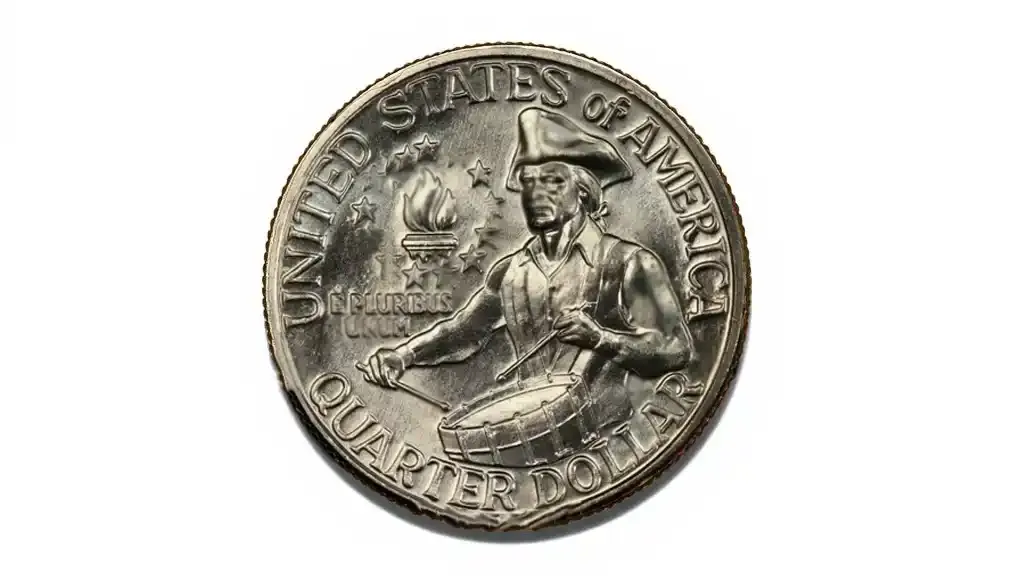
San Francisco Mint (S Mintmark)
Mintmark: S (also located below Eisenhower’s neck)
Composition:
Clad Proof (mirror-like finish)
40% Silver (available in both proof and uncirculated finishes)
Strike Types:
Proof (with frosted details and mirror fields)
Uncirculated 40% silver (matte-like finish, not mirror-polished)
Distribution: Not released for circulation — sold in:
Brown Box (40% silver proof)
Blue Envelope (40% silver uncirculated)
Bicentennial 3-Coin Silver Sets
Note:
The only mint to produce silver versions
Most desirable for collectors due to silver content and proof quality = higher 1976 S Eisenhower dollar value

Eisenhower Silver Dollar 1976 Mintage Table
Mintmark | Mint | Strike Type | Composition | Mintage |
1976 silver dollar no mint mark | Philadelphia | Business Strike | Copper-Nickel Clad | 113,318,000 |
D | Denver | Business Strike | Copper-Nickel Clad | 82,179,564 |
S | San Francisco | Proof (Clad) | Copper-Nickel Clad | 4,000,000 (approx.) |
S | San Francisco | Uncirculated | 40% Silver | 4,908,319 |
S | San Francisco | Proof | 40% Silver | 3,998,621 |
1976 Eisenhower Dollar Type 1 vs Type 2
Type 1 Reverse (Thick Lettering)
Mint: Found on some 1976 coins from Philadelphia (no mintmark) and Denver (D).
Lettering: Bold, blocky, and low-relief. The letters in “UNITED STATES OF AMERICA” and “ONE DOLLAR” are thicker and more rounded.
Striking: Often softer, less crisp detail overall.
Rarity: Scarcer than Type 2 (especially in higher grades) = higher 1976 one dollar coin value.
Production: Primarily minted in early 1975.

Type 2 Reverse (Thin Lettering)
Mint: Found on later 1976 issues from all mints.
Lettering: Thinner, sharper, and higher-relief. Much more refined and elegant appearance.
Striking: Sharper details, especially in the bell and Moon design.
Rarity: More common than Type 1 = lower 1976 dollar coin value.
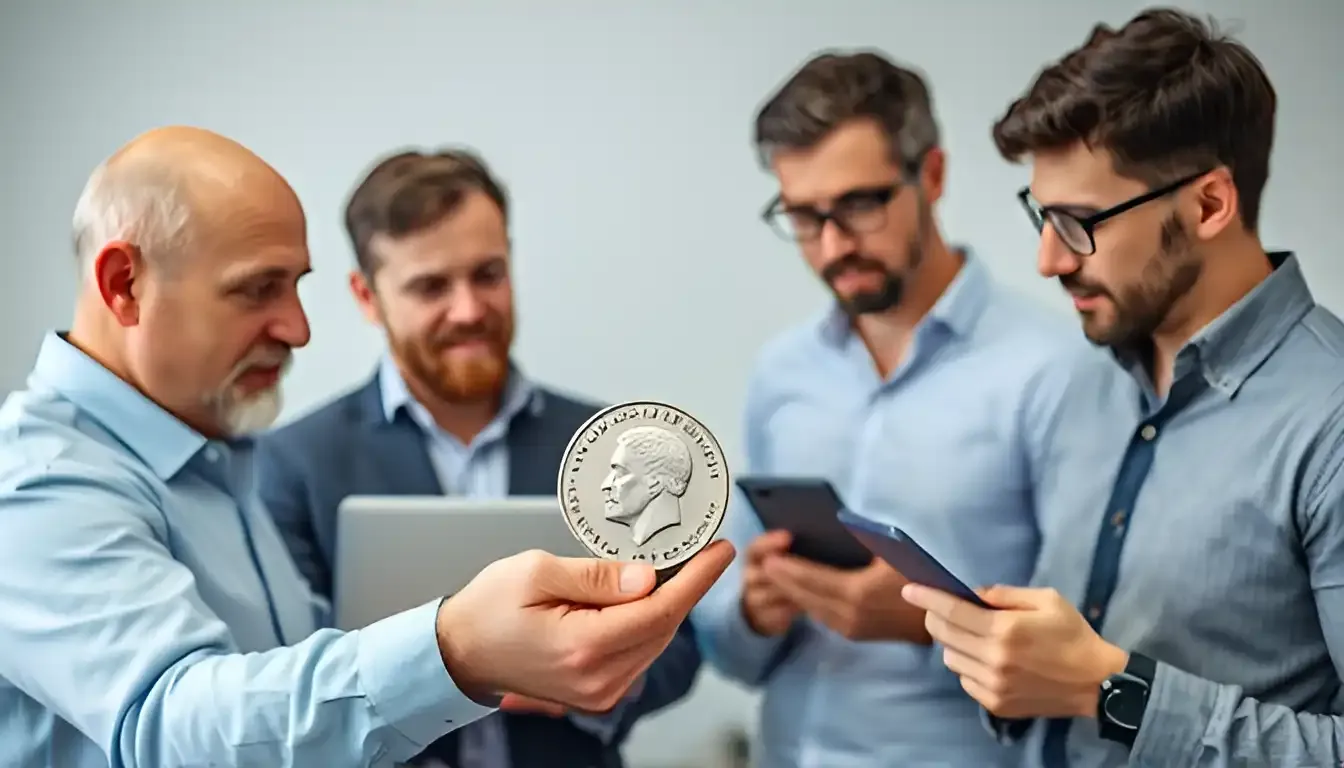
Feature | Type 1 Reverse | Type 2 Reverse |
Lettering Style | Thick, chunky, low-relief | Thin, sharp, high-relief |
“ONE DOLLAR” Text | Bulky and bold | Fine and delicate |
Design Clarity | Softer overall | Sharper strike |
Distribution | Early 1975 strikes (P, D only) | 1976 and later (P, D, S) |
Collector Demand | Higher in MS condition | More common and widely available |
Always check the reverse lettering — not the obverse — to determine whether you have Type 1 or Type 2. The difference is purely in the font thickness and sharpness of inscriptions, especially in "ONE DOLLAR".
How Much Is a 1976 Dollar Coin Worth?
Type | Mintmark | Strike Type | Composition | Estimated Silver Dollar 1976 Value |
Type 1 | (None) (Philadelphia) | Business Strike | Copper-Nickel Clad | $1.25 – $3.00 |
Type 1 | D (Denver) | Business Strike | Copper-Nickel Clad | $1.25 – $3.00 |
Type 1 | S (San Francisco) | Proof | Copper-Nickel Clad | $4.00 – $8.00 |
Type 1 | S (San Francisco) | Proof | 40% Silver | $8.00 – $12.00 |
Type 2 | (None) (Philadelphia) | Business Strike | Copper-Nickel Clad | $1.25 – $3.00 |
Type 2 | D (Denver) | Business Strike | Copper-Nickel Clad | $1.25 – $3.00 |
Type 2 | S (San Francisco) | Proof | Copper-Nickel Clad | $4.00 – $8.00 |
Type 2 | S (San Francisco) | Proof | 40% Silver | $8.00 – $12.00 |
Disclaimer: Market 1976 silver dollar value today can fluctuate based on coin condition, rarity, and collector demand. For precise valuations, consulting a current coin price guide or a professional appraiser is recommended.
How Much Is a 1976 Eisenhower Dollar Worth by Grade (Sheldon Scale)?
Mint & Type | MS/PR60 | MS/PR63 | MS/PR65 | MS/PR67 | MS/PR68 | MS/PR69 | MS/PR70 |
1976 silver dollar value no mint mark Type 1 (Clad) | $1.25 | $2 | $5 | $60 | $150 | — | — |
1976-P Type 2 (Clad) | $1.25 | $2 | $4 | $25 | $75 | — | — |
1976-D Type 1 (Clad) | $1.25 | $2 | $6 | $80 | $200 | — | $3,000+ |
1976-D Type 2 (Clad) | $1.25 | $2 | $5 | $35 | $90 | — | — |
1976-S Type 1 Proof (Clad) | $4 | $6 | $12 | $25 | $50 | $100 | $1,000+ |
1976-S Type 2 Proof (Clad) | $4 | $6 | $10 | $20 | $40 | $80 | $500+ |
1976 uncirculated Eisenhower dollar S (40% Silver) | $6 | $10 | $20 | $60 | $150 | $300 | $2,000+ |
1976-S Proof (40% Silver) | $6 | $10 | $20 | $60 | $150 | $300 | $5,000+ |
Notes:
MS67+ and above are extremely rare for business strikes (especially Type 1).
PR70 DCAM examples (especially silver) can command auction premiums well above listed 1976 Eisenhower silver dollar value sums.
San Francisco proofs are much more common, but perfect PR70 coins are highly prized.
Why the Value of 1976 Silver Dollar May Differ?
The one dollar coin 1976 value depends on several key factors that influence both collector interest and market value. Below are them:
1. Grade (Condition) — Sheldon Scale
MS60–MS63: Uncirculated, but with contact marks or dull luster
MS65–MS66: Attractive luster and minimal marks
MS67–MS70: Superb condition; MS68+ is rare for Ike Dollars
PR70 DCAM (Proof 70 Deep Cameo) examples, especially in silver, can sell for thousands due to perfection.
2. Mintmark and Mint Origin
Philadelphia (No Mintmark): Often weaker strikes
Denver (D): Crisper strikes, more appealing in high grades
San Francisco (S): Produced both clad and 40% silver proofs, which are more collectible and have higher 1976 dollar value.
3. Reverse Type (Type 1 vs. Type 2)
Type 1: Bold, low-relief lettering; scarcer. What is a 1976 silver dollar worth? More valuable in high grades
Type 2: Thin, sharp lettering; more common, especially for proofs
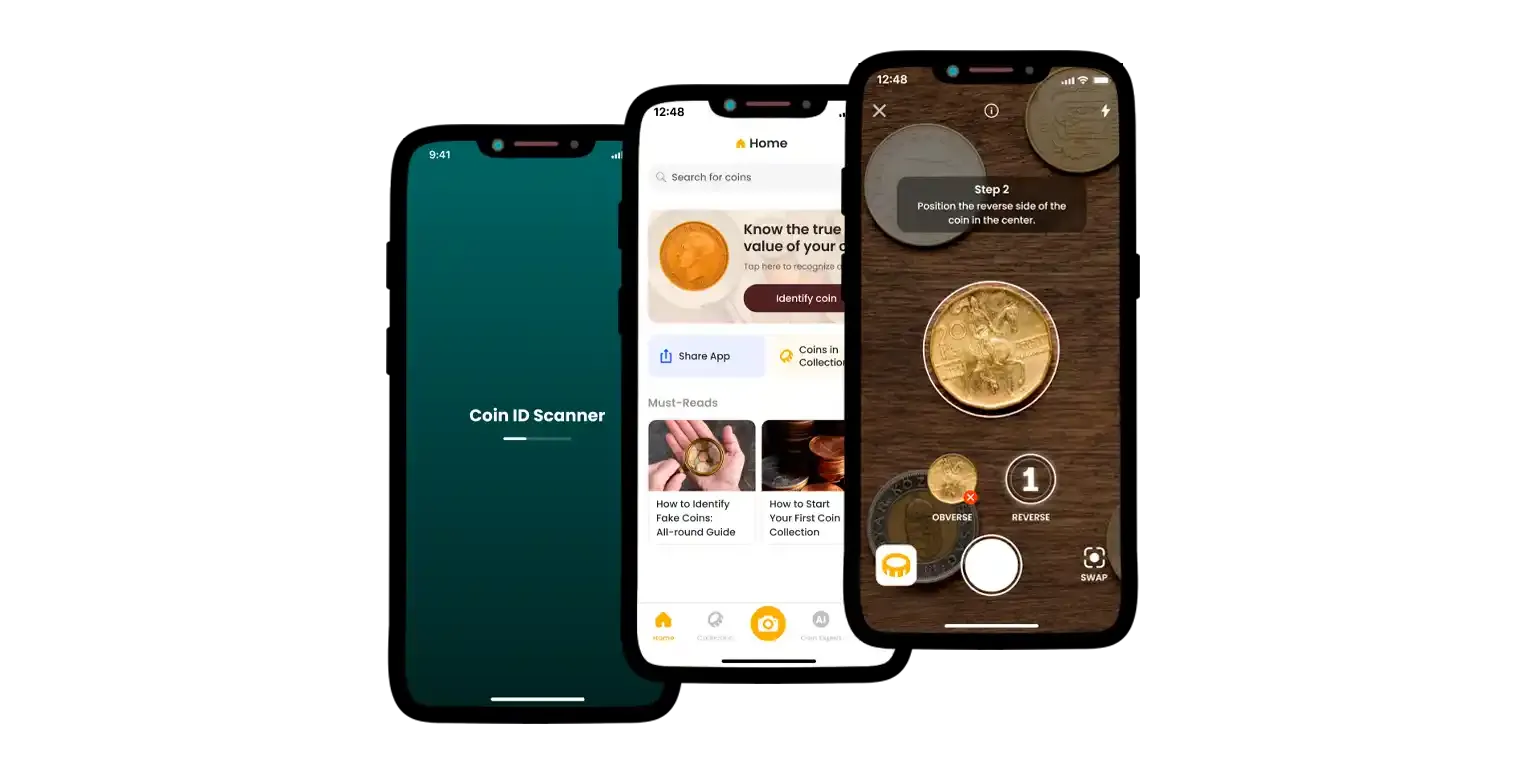
4. Strike Type
Business Strike (MS): Intended for circulation, generally lower in quality
Proof Strike (PR): Made for collectors with mirror-like fields and frosted designs
Uncirculated Silver: Sold in special Mint packaging, not intended for circulation. The 1976 1 dollar coin value is higher.
5. Packaging & Original Sets
Coins in original government packaging (e.g., blue envelope, brown box, 3-coin silver set) have higher value of a 1976 silver dollar.
Unopened sets or those with COAs (Certificates of Authenticity) are more attractive to buyers.
That is why, when buying and selling coins and to clarify their 1976 Bicentennial dollar value, we recommend using the Coin ID Scanner application. It allows users to scan a coin, check basic data and even the market value. Consider using the app for your own peace of mind so that you don't get into difficulties when buying or selling these or other coins.

